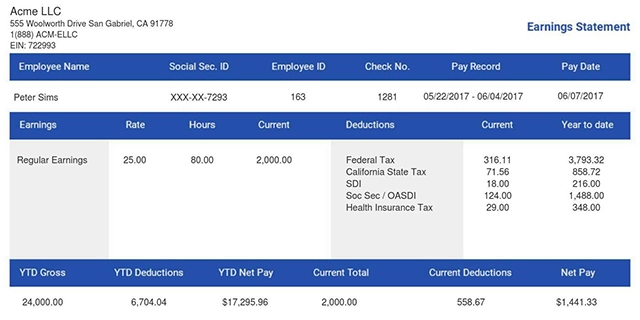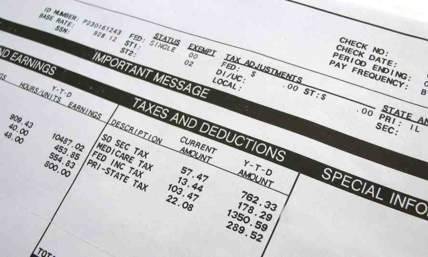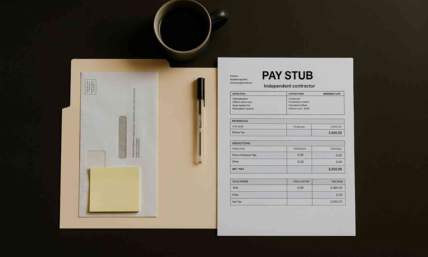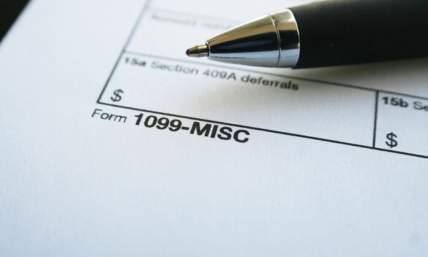W-2 vs 1099: How Do You File Taxes When You Have Both?
Every year, the federal government pays billions of dollars in tax refunds and millions of Americans file each year. The average refund check for taxes filed this year was $2,725. Even though many Americans file each year, many of those taxpayers have a paralyzing fear of filing. Fear of tax season has become as common as public speaking or going to the dentist.
Especially when you have more than just a W-2 to input, filing your taxes can be daunting. What are you supposed to do when it comes to a W-2 vs 1099? How do you file your taxes when you have multiple documents supporting your income?
What Is A 1099 Form?
A 1099 form is another document created by the Internal Revenue Service. This form is used to report income that's generated through sources other than employment. It serves as evidence that additional income has been paid to an individual taxpayer. You may have received this income as an independent contractor.
If you own your business or if you're a freelancer, you'll likely receive a 1099 form for each project that you complete. If a business has paid you $600 or more for that year, they're required to send you a 1099 form. Some businesses take too long to do so, and if you can't wait, you can generate your own using an online form generator.
Taxes are not typically deducted when an individual is paid as a freelancer. That means you have to account for what you may owe on your own.
What Is A W-2?
A W-2 form is another Internal Revenue Form that is used to report income. It is used to both report wages paid to an employee and also the taxes that were withheld from them. Employers have until the end of January each year to provide you with a W-2 from the previous year's earnings. As the rule goes with a 1099 form, any employer who paid you $600 or more during a given year, MUST send you a W-2 for that year.
A 1099 employee is typically a freelancer or a contractor whereas a W-2 employee is typically a full or part-time regular employee of the company or business.
How Do You File Taxes If You Have Both Forms?
If you have both a W2 and a 1099 form to file, chances are you won't owe as much as someone who only receives 1099 forms. When you're paid as a freelancer, taxes aren't taken out for you. That means that for each job, it's up to you to calculate how much you owe. Taxes are taken out for your regular job, your potential refund may cancel out the money that you owe for all of your contract jobs.
Click Here to Create Your Form W-2 in Less Than 2 Minutes
This, of course, depends on how much income you generate from each source, but it's something to keep in mind nonetheless. When you file your taxes with both forms, nothing is that different. Whether you file on your own or through an accountant, you will input your information the exact same way. Turbotax, for example, will ask you multiple times for "additional income."
This is where you'll enter in your 1099 information.
How Can You Stay Prepared Throughout the Year?
Keep track of your business expenses. Things like office costs, utility bills, and food can help offset the taxes that you owe significantly. Here are some of the many deductions you can claim as an independent contractor or freelancer:
- Depreciation of business assets
- Education expenses
- Expenses for the business part of your home
- Attorney and accounting fees
- Vehicle expenses
- Costs of renting or leasing equipment pertaining to your business
- Health insurance for you and your family
- Insurance for your business
- License fees
- Office expenses
- Utilities
- Professional association dues
- Retirement plan contributions
- Business travel
- Business meals and entertainment
Set money aside each check to account for taxes that you may owe, come tax season. That way, no surprises will set you back, and you'll be one step ahead. New tax law allows for a deduction on all income generated by freelance or contract jobs. You can deduct 20% of your income, which means your taxable income will be significantly less. In order to do so, you must operate as a "pass-through entity."
That means you'll have to operate as a sole proprietor, a partnership, or an S corporation. Change your W4 to have more taxes withheld, and you'll increase your refund generated from your regular earnings. This can help offset any taxes that you owe from additional income. Opt to pay taxes quarterly. Figure out about how much you owe each quarter and pay that amount to the IRS.
That way, you won't be hit by a big bill when you do file.
Also read: Submitting a W2 Correction Request
W-2 vs 1099 Can Be Filed Together
If you're wondering what to do when it's time to file, and it comes down to your W-2 vs 1099, don't panic. While they are two very different forms, they can be filed together. A W-2 is what you'll receive from your regular job, whether you work part-time or full-time. A 1099 form is what you'll receive from a contract or freelance job.
Taxes are taken out of your W-2 based on what you requested on your completed W4. Taxes are rarely taken out of freelance pay and are thus not reflected on a 1099 form. If you complete a lot of contract work throughout the year, keeping track of the taxes you'll owe is the best way to prepare yourself for tax season. Even though you have a regular job, you can still take advantage of deductions for your freelance work.
Whether you decide to file yourself or hire an accountant, submitting both forms isn't difficult. Are you having trouble acquiring a W-2 from your employer? Give our W-2 form generator a try and calculate the numbers that you need to file your taxes stress-free! In case you need the paystubs, you can check out our paystub generator.
Also read:















